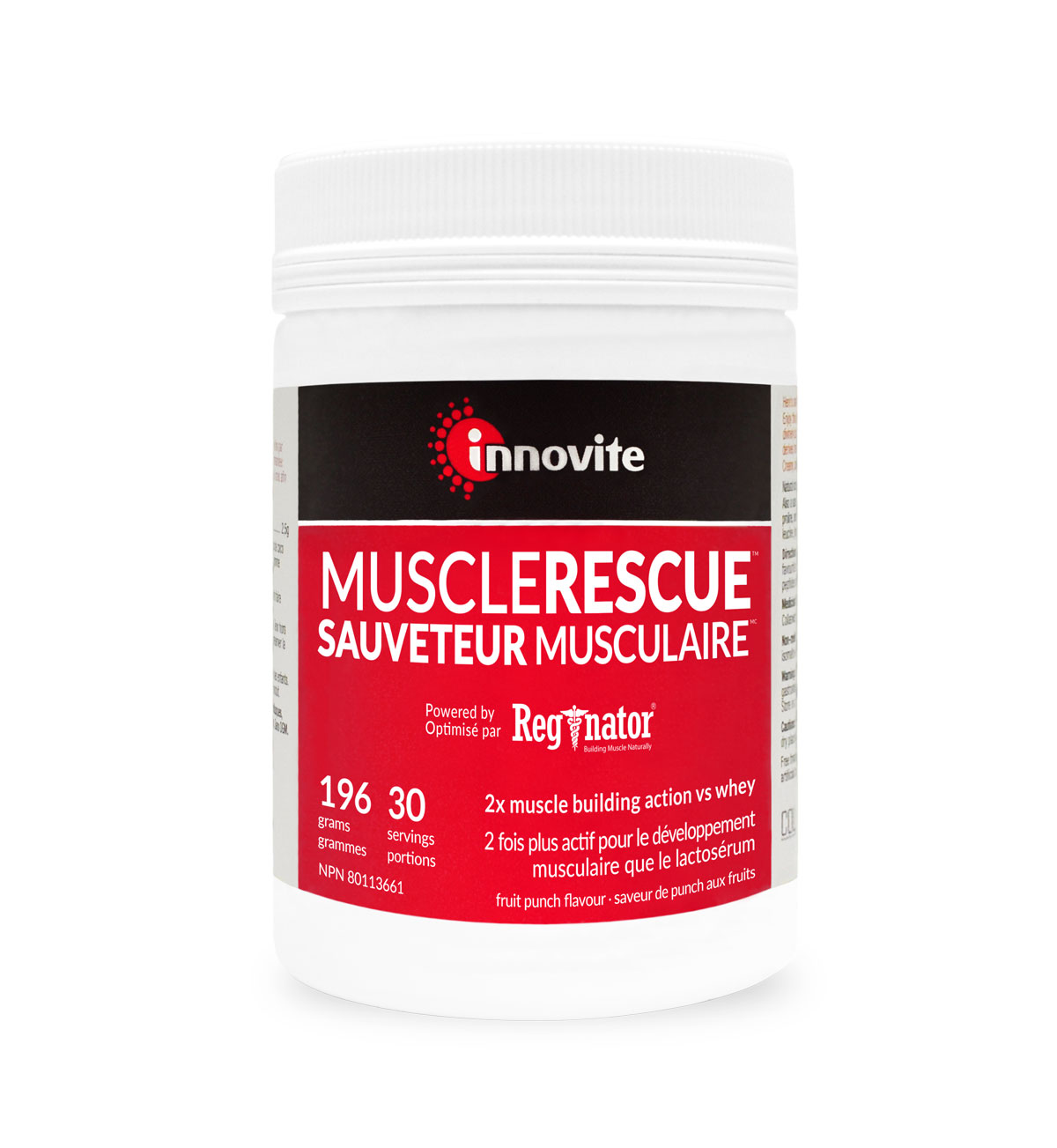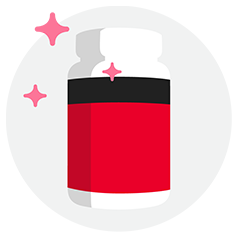The lowdown on lean muscle mass

Whether it’s easing the weight of lifting groceries, or resisting injury during a wild game of pickleball, gaining lean muscle can support the body in many different ways. Lean muscle mass is an essential part of our overall health. It plays a role in balance, posture, and can even help us avoid falls and injuries. So, it’s safe to say that we want to keep lean muscle mass around.
But here’s the thing – it tends to break down without enough physical activity, and also declines as we age. Now for the good news. In order to build and maintain lean muscle mass naturally, you just need a solid understanding of how it benefits us, the right exercises to engage in and the proper supportive nutrition. We’re here to give you all that information, so let’s get to it.
What exactly is lean muscle mass?
You may have heard health experts using the term “lean muscle mass”. But what does it mean? Well, to put it simply, lean muscle mass is the total weight of your body (including organs, skin, and bones) minus the weight of fat.
Benefits of lean muscle mass
Many people choose to build lean muscle mass to stay trim, but it also improves your strength, enhances balance, and promotes good posture. Additionally, having a good proportion of lean muscle mass can help prevent injuries, support bone health, and improve coordination. That’s a pretty big deal.
One study showed that gaining lean muscle mass can also help regulate food intake and improve metabolism. This is because building lean mass is linked to reduced triglyceride (fat) levels and improved insulin sensitivity.
It’s important to note that as we get older, the amount of muscle mass in our bodies starts to decline. This loss of muscle mass happens because protein synthesis slows down within the body, enabling our muscles to deteriorate faster. That’s why you’ll often hear experts recommending increased protein intake and regular exercise even at an older age.
How can you build lean muscle mass?
While there are different approaches you can take to building and maintaining lean muscle mass, they will usually require you to make changes to your exercise routine and diet. But it’s all for a good cause, we promise.
Move your body
What’s the first thing that comes to mind when you think of muscle-building exercises? You might imagine heavy weightlifting exercises using barbells and dumbbells (or Arnold Schwarzenegger). While these forms of exercise support your muscles, there are other ways that have been shown to have more significant benefits and results for building lean muscle. This includes power yoga, strength training or high-intensity interval training (HIIT), and body weight exercises.
Try to incorporate around two to three strength training workouts per week. The best part is that you don’t need any specific equipment on hand to do these exercises! Most of them make use of your own body weight. Another tip is to combine both isotonic and isometric exercises in your workout routine. Isotonic refers to those that involve movement and muscle contraction, such as pushups, situps, squats, and tricep dips. Isometric refers to static movements that don’t require repetitive movements or contractions – think plank holds, wall sits, and boat pose.
Load up on protein

Remember how we tend to lose muscle mass as we age because of the slowdown in protein synthesis? Well, to counteract this, we need to up our intake of protein. Sounds simple enough, right?
Not quite. In order to repair and grow new muscle fibres, we need to make sure we’re loading up on complete proteins. When we eat complete proteins, the body breaks them down into smaller compounds called amino acids. These are what work to build new muscle, support metabolism and repair tissues. In total, there are around 20 amino acids, but only 9 are considered essential to our well-being. Complete proteins include foods that contain all 9 of these essential amino acids.
Looking to increase your intake of complete proteins? Try incorporating these foods into your diet:
- Meat
- Dairy
- Eggs
- Soy
- Quinoa
- Buckwheat
If diet’s not enough…
Sometimes, diet alone may not be enough to cover your body’s protein needs. Turning to a dietary supplement like Innovite’s MuscleRescue can be a great option. This formula is powered by Reginator® and contains a vegan blend of all the essential amino acids our bodies need, with twice the muscle-building action compared to whey protein. It’s also clinically proven to preserve and increase muscle tissue growth and reverse muscle loss without exercise.

From helping to prevent falls and improving coordination, lean muscle mass has many benefits. It’s safe to say that building and maintaining lean muscle mass is vital for the body’s overall health. By keeping an eye on your protein intake, taking supplements when needed, and making it a habit to do strength training exercises, you can naturally gain lean muscle mass.
Sources:
- Amino Acids and Muscle Loss with Aging
- Do Amino Acids Build Bigger Muscles?
- Incomplete vs. Complete Protein: What’s the Difference?
- Lean body mass: the development and validation of prediction equations in healthy adults
- The No BS Guide to Building Lean Muscle
- Vegan Diet: How to Get the Nutrients You Need






